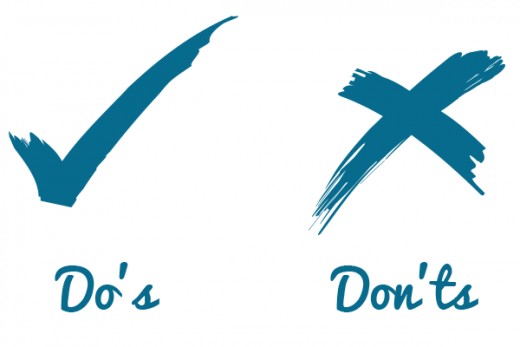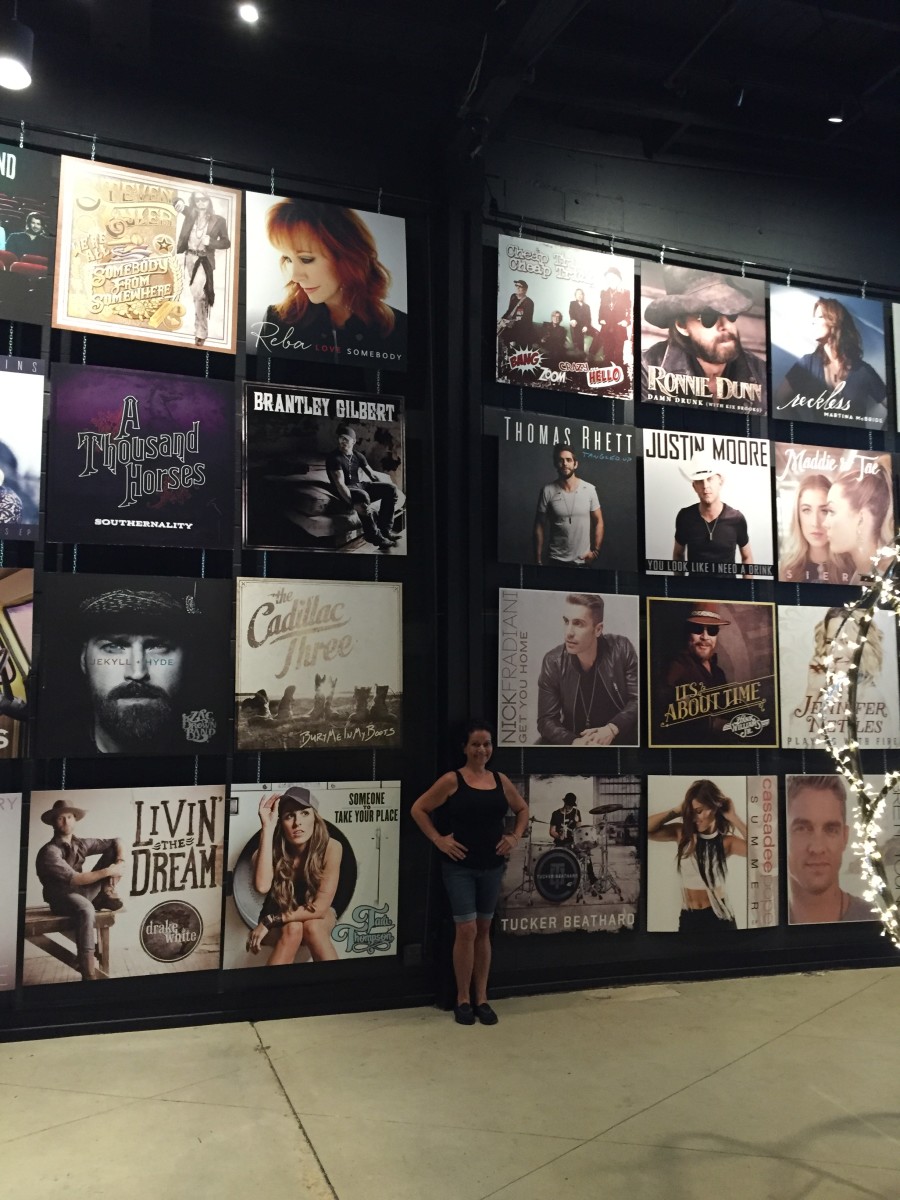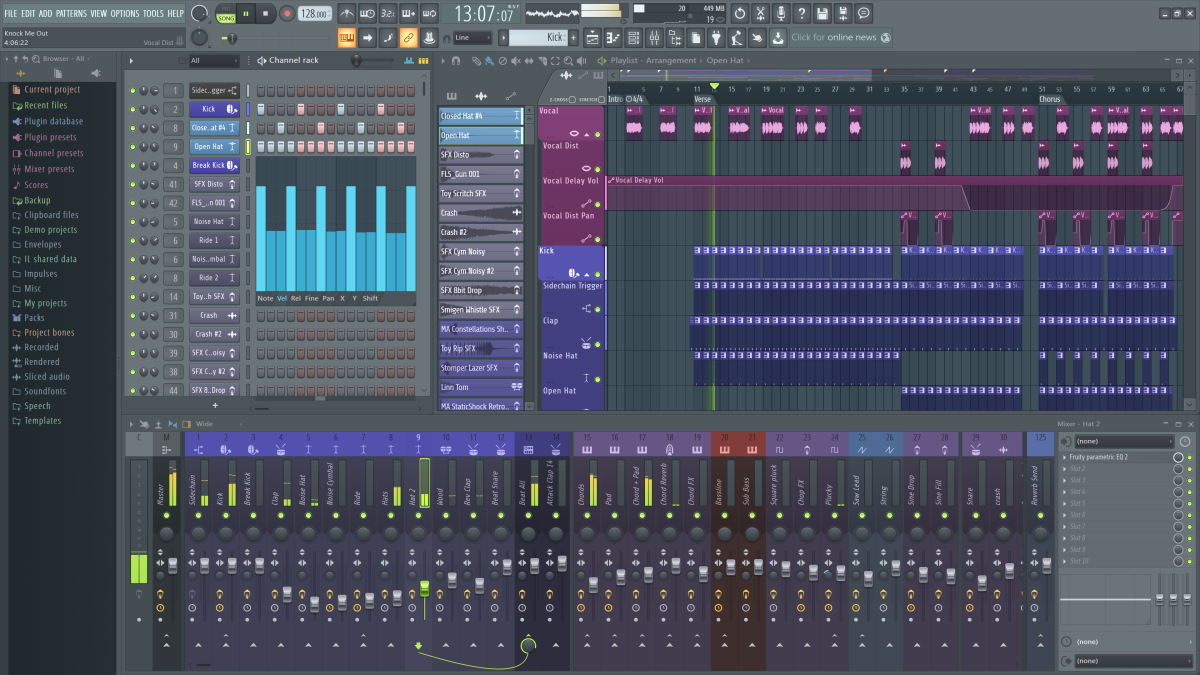Getting Noticed by A&R

A&R is probably the most mysterious of all the departments of a record label. Standing for Artists and Repertoire, they are the department that deals with talent spotting and oversees the development of the artists and recording artists. If you ever send any of your music to a label it will be the A&R that will listen to it (if you’re lucky), so there are many things you can do to optimise your recordings for the ears of A&R.
What A&R entails
What to consider when sending your tracks to A&R
Firstly, temper expectation. Record labels are not awash with money the way they were 20-30 years ago. They run with a skeleton staff and work with small budgets, so it’s their job to find acts that will make a return on investment. There is no magic money tree that money can be picked from to develop artists anymore. In the 1980s bands would get two, maybe three albums of investment to establish themselves as artists. Artists today do not have that luxury. The demand for return on investment means that today an artist will likely be given one or two singles to make an impact or be dropped. With this pressure on A&R, they are looking for very specific things. Now what are they?
The main thing that A&R are looking for is a great song. This isn’t all they are looking for though. They are really looking for the whole package. What does this mean?
Elements that A&R are looking for:
- A great song
- A great live show
- A good story
- A social media following
- A self-sustaining business model
Further reading on what A&R are looking for can be found here.
If you have the above qualities this puts you at an advantage with A&R. If you show a capability to be commercially viable and marketable before signing to a label then A&R are more likely to take the risk with you. Look at it from their point of view – If you have two acts with a similar quality of song and one has shown that they can sustain a fan base, gig regularly and have a marketable brand then it’s a no brainer for A&R. They will take the band with the following and track record. They have to justify their decision to someone above them at the label and the labels’ job is to make money. If you have more than just a song it makes the label’s job easier. They are looking for a return and if you’ve done this groundwork first, they will view you favourably over someone who hasn’t.
Many people see getting signed to a label as being the end point. This type of thinking is backwards. Signing to a label is just the beginning and A&R’s job is to develop you, so if you have done some of this work before you go to the label it makes their job of selling you easier.
Annie Mac explains A&R
What should I do with my tracks?
There was a time when submissions by tape and CD to A&R was the done thing. People used to send them in big boxes so that they’d be noticed amongst other things. We live in a different era now and A&R are more likely to respond to a short email with a link to Soundcloud. Don’t go overboard in your communications. Bragging about how many followers you have on social media or how many listeners you have on Spotify might seem like a good idea, but information tends to be ignored. They care about the song.
How to submit your songs to a record label
Sending your tracks to the right place
If you make techno music there is no point in sending it to an acoustic label. Find labels that deal in similar types of music to the type you are producing. A&R usually work to briefs, meaning they are told what type of acts the label is looking for. In my experience, this means looking at acts that are someway between two existing commercially successful acts. An example brief might be a cross between The 1975 and Everything Everything. I don’t know how that would sound, but these are the types of briefs A&R work to. Target labels that release the same type of music you make. They are always on the lookout for acts, and you might be exactly what they are looking for at that time.
Choosing the right label

Dos and Don'ts
Don’t
- Send CDs, WAVs or mp3 download without sending a stream first. Soundcloud is a perfect platform for sending a link to A&R. They can listen to it without the need for downloading or putting a physical item in a player. Make their job easy for them.
- Send emails to multiple people at once. Sending an email with hundreds of addresses on it looks like spam - because it is.
- Send unmastered tracks. A&R expect a certain level of quality and if it’s not mastered it will sound poor compared to the other submissions they receive.
- Talk about your age. Unless you are very young the A&R have no interest in your age. They care about your track.
- Send unfinished tracks. Unless A&R are specifically looking for rough demos they will assume you can’t finish a track.
- Send more than three tracks at once. Ideally, send your best track and no more. If you saturate them with music chances are they won’t listen to all of them or if one is regarded as low quality they won’t listen to the rest.
Do
- Send mixes that sound as good as they can. If a track sounds good then that’s a bonus for A&R.
- Keep emails short and sweet
- Give them expectations and where you see yourself going as an artist
- Using videos can be good, but if they are of low quality it will give a bad impression.
- If you have supported any big names include them in your correspondence.
- Have a good artist name and think carefully about the names of your tracks. If you make a good first impression it goes a long way.

Helping yourself
There are many ways to grab A&R’s attention, but the best way to do it is to seek some professional help. Before you can build a fan base you need a great song. Labels tend to look for commercially viable songs, so learn about songwriting and how to write songs with hooks. There are A&R songwriting courses available, as shown in the links below. These courses will help your songwriting, production and presentation and include sessions with working A&R to let you learn exactly what they are looking for.
NHAM A&R Songwriting Course
- NHAM A&R Songwriting Course
This shorter, non-validated course starts in March 2017 and will be open to all entrepreneurs, performers, artists, producers and songwriters.
ASCAP Workshops
- ASCAP Workshops
Hone your skills and learn about the music biz at one of our many workshops across the country. Whether you're a songwriter or a producer, a film and TV composer or a musical theatre writer, we've got a program just for you.
Berklee Courses
- Songwriting Courses | Berklee College of Music
Self-Production for Singer-Songwriters and Musicians using Logic MTI-P311 2 credit(s) Course Chair: Bonnie Hayes








